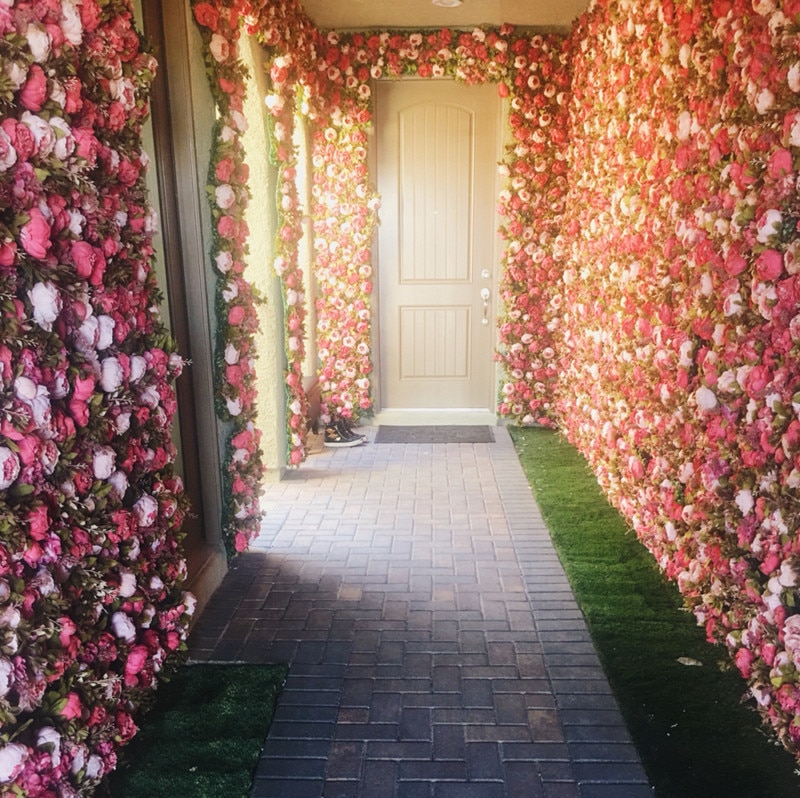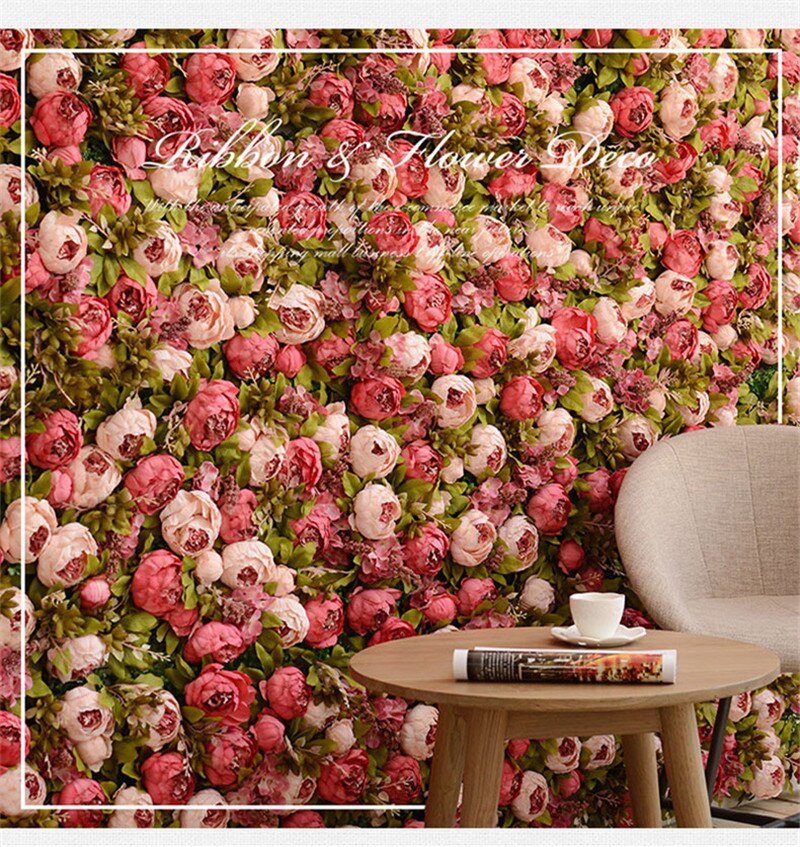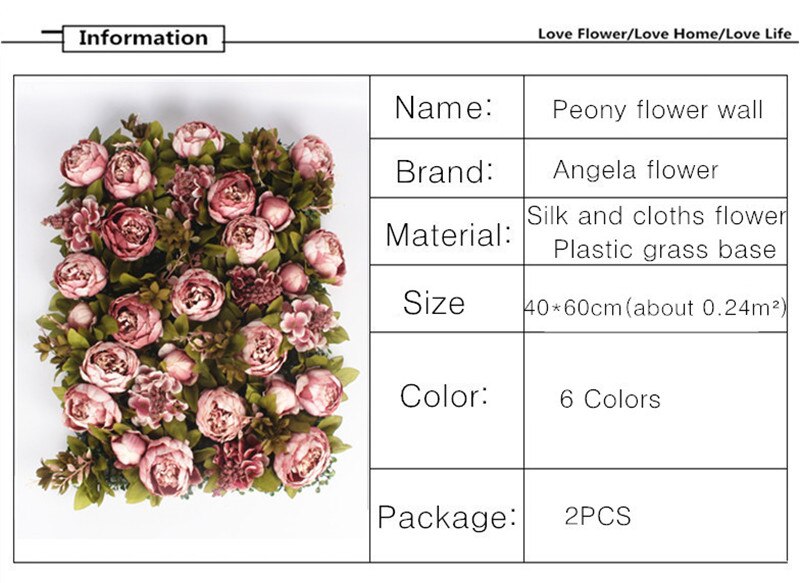how did they make artificial flowers?
Artificial flowers are typically made using a variety of materials such as silk, polyester, or plastic. The process involves cutting the chosen material into the desired shape and size for each petal or leaf. The petals are then often dyed or painted to achieve the desired color and texture. The individual petals and leaves are then assembled together using wires or glue to create the flower. Sometimes, additional materials like foam or plastic molds are used to give the flowers a more realistic shape. The final step involves arranging the flowers into bouquets or other decorative arrangements.
1、 Historical methods of creating artificial flowers
Historical methods of creating artificial flowers date back centuries, with various techniques evolving over time. One of the earliest methods involved using silk fabric to mimic the delicate petals of real flowers. Skilled artisans would cut, shape, and dye the silk to resemble different flower varieties. They would then assemble these silk petals onto wire stems, carefully arranging them to create lifelike blooms.
In the 19th century, advancements in technology led to the development of new materials for artificial flowers. One such material was celluloid, a type of plastic that could be molded into intricate shapes. Celluloid flowers became popular due to their durability and ability to imitate the vibrant colors of real flowers.
As the 20th century progressed, new materials such as nylon and polyester were introduced, offering even more possibilities for creating artificial flowers. These synthetic materials allowed for greater flexibility and a wider range of colors. Additionally, techniques like injection molding and 3D printing have been incorporated into the production of artificial flowers, enabling mass production and intricate detailing.
Today, artificial flowers are made using a combination of traditional and modern methods. Skilled artisans still handcraft flowers using silk and other fabrics, meticulously shaping each petal and adding intricate details. At the same time, advancements in technology have made it possible to create highly realistic artificial flowers using advanced materials and techniques.
In conclusion, the creation of artificial flowers has evolved over time, from the use of silk fabric in ancient times to the incorporation of modern materials and technologies. Whether crafted by hand or produced using cutting-edge methods, artificial flowers continue to provide a long-lasting and visually appealing alternative to real blooms.

2、 Modern techniques for making artificial flowers
Modern techniques for making artificial flowers involve a combination of traditional craftsmanship and innovative technology. The process begins with the selection of high-quality materials such as silk, polyester, or plastic, which closely resemble the texture and appearance of real flowers. These materials are then cut into various shapes and sizes to mimic the different parts of a flower, such as petals, leaves, and stems.
One of the most common techniques used in creating artificial flowers is called injection molding. This involves injecting molten plastic into a mold that has been designed to replicate the shape and details of a specific flower. Once the plastic has cooled and solidified, it is removed from the mold, resulting in a realistic and durable flower component.
Another technique is known as die-cutting, which involves using a machine to cut out flower shapes from sheets of fabric or plastic. This method allows for precise and consistent cuts, ensuring that each flower component is identical in size and shape.
In recent years, 3D printing has also emerged as a popular method for creating artificial flowers. This technology allows for the creation of intricate and detailed flower designs that were previously difficult to achieve. By layering thin sheets of material, such as plastic or resin, a three-dimensional flower can be built up, capturing the delicate nuances of a real flower.
Furthermore, advancements in coloration techniques have made it possible to achieve lifelike colors and patterns on artificial flowers. Techniques such as airbrushing and hand-painting are used to add depth and realism to the petals and leaves.
Overall, modern techniques for making artificial flowers combine traditional craftsmanship with cutting-edge technology to create stunning and realistic floral replicas. These techniques continue to evolve, allowing for even more lifelike and intricate artificial flowers to be produced.

3、 Materials used in the production of artificial flowers
Artificial flowers have been around for centuries, and their production has evolved significantly over time. The process of making artificial flowers involves a combination of artistry, craftsmanship, and technological advancements.
Traditionally, artificial flowers were made using materials such as silk, cotton, and velvet. Skilled artisans would hand-cut and shape the fabric into petals, leaves, and stems. These components were then assembled and attached to a wire frame to create a lifelike flower. The petals were often hand-painted to add depth and realism.
In recent years, the production of artificial flowers has become more sophisticated with the introduction of new materials and techniques. One of the latest advancements is the use of high-quality synthetic fabrics, such as polyester and nylon, which closely resemble the texture and appearance of natural flowers. These materials are durable, lightweight, and resistant to fading, making them ideal for long-lasting artificial flowers.
Additionally, advancements in 3D printing technology have revolutionized the production of artificial flowers. 3D printers can create intricate and detailed flower components, allowing for greater customization and realism. This technology also enables the use of unconventional materials, such as biodegradable plastics or recycled materials, making artificial flowers more environmentally friendly.
Furthermore, the use of advanced pigments and dyes has improved the color accuracy of artificial flowers. Manufacturers can now replicate the vibrant hues and subtle gradients found in natural flowers, enhancing the overall realism of the artificial blooms.
In conclusion, the production of artificial flowers has evolved over time, incorporating new materials and technologies to create more lifelike and durable products. From traditional handcrafted techniques to modern 3D printing, the artistry and innovation behind artificial flower production continue to flourish.

4、 Tools and equipment required for making artificial flowers
Artificial flowers have been around for centuries, and their production methods have evolved over time. Initially, artificial flowers were made using materials such as silk, wax, and feathers. However, with advancements in technology, the process of making artificial flowers has become more sophisticated and realistic.
The first step in making artificial flowers is to select the materials. Nowadays, a wide range of materials are used, including synthetic fabrics, plastics, and even latex. These materials are chosen for their durability, flexibility, and ability to mimic the texture and appearance of real flowers.
Once the materials are selected, the next step is to shape and mold them into the desired flower shape. This is done using various tools and equipment, such as wire cutters, pliers, and molds. The wire cutters are used to cut and shape the wires that will serve as the stems of the flowers. Pliers are used to bend and shape the wires, giving them a more natural look.
Molds are used to shape the petals and other parts of the flower. These molds can be made from various materials, such as silicone or metal. The chosen material is poured or pressed into the mold, and once it hardens, it is removed and assembled with the other parts of the flower.
In recent years, 3D printing technology has also been used in the production of artificial flowers. This allows for more intricate and detailed designs to be created, as well as the ability to replicate the unique characteristics of real flowers.
Overall, the process of making artificial flowers requires a combination of creativity, craftsmanship, and the use of various tools and equipment. With advancements in technology, artificial flowers have become increasingly realistic and are often difficult to distinguish from real flowers.








































Leave your comment